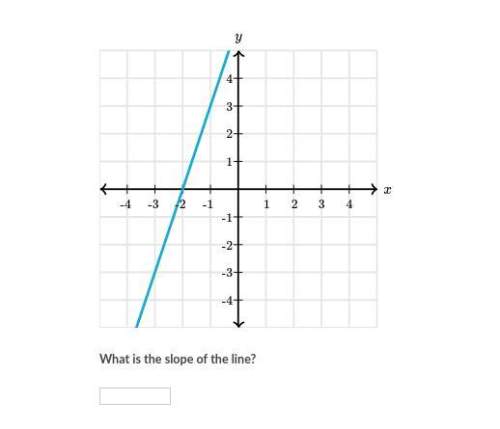
Mathematics, 06.10.2019 06:30 tremainecrump1466
Consider the feedforward neural network with the following training set: s (1) = h 1 1 1 i , with t (1) = h 1 1 i s (2) = h 1 1 −1 i , with t (2) = h 1 1 i s (3) = h −1 1 1 i , with t (3) = h −1 1 i s (4) = h −1 −1 1 i , with t (4) = h −1 1 i s (5) = h 1 −1 −1 i , with t (5) = h 1 −1 i s (6) = h 1 −1 1 i , with t (6) = h −1 −1 i thus s (1) are s (2) and in one class, s (3) and s (4) are in another class, s (5) is in a third class, and s (6) is in a fourth class. use the perceptron learning rule to try to find a set of weights and bias to correctly classify the training set. here we assume zero initial weights and bias, a learn rate α = 1, and a small but positive value of θ. 1. how many steps does it take for convergence? what is the final set of weight?

Answers: 3


Another question on Mathematics

Mathematics, 21.06.2019 18:10
Find the value of p for which the polynomial 3x^3 -x^2 + px +1 is exactly divisible by x-1, hence factorise the polynomial
Answers: 2

Mathematics, 21.06.2019 19:30
Solve the following inequalities and show the solution on a number line. 3/4 (2x-7) ≤ 5
Answers: 1

Mathematics, 21.06.2019 23:00
Perry observes the opposite parallel walls of a room in how many lines do the plains containing the walls intersect
Answers: 1

Mathematics, 21.06.2019 23:30
Drag each equation to the correct location on the table. for each equation, determine the number of solutions and place on the appropriate field in the table.
Answers: 3
You know the right answer?
Consider the feedforward neural network with the following training set: s (1) = h 1 1 1 i , with t...
Questions




Computers and Technology, 03.03.2021 19:20

Social Studies, 03.03.2021 19:20


Physics, 03.03.2021 19:20


Mathematics, 03.03.2021 19:20

History, 03.03.2021 19:20


Mathematics, 03.03.2021 19:20

Mathematics, 03.03.2021 19:20


Biology, 03.03.2021 19:20




Chemistry, 03.03.2021 19:20

Mathematics, 03.03.2021 19:20




